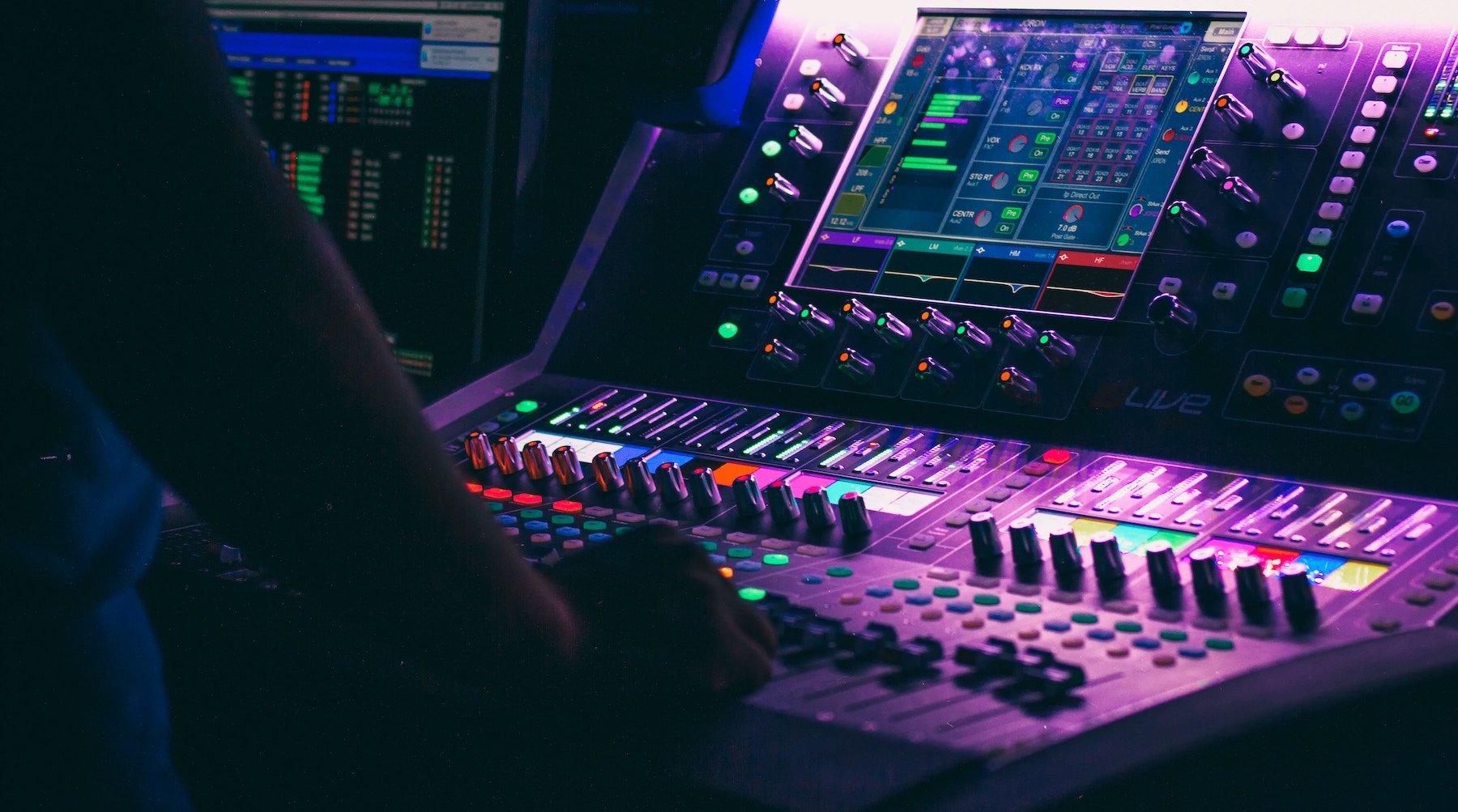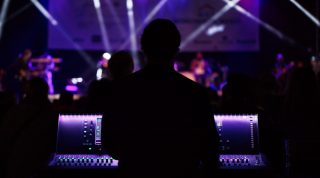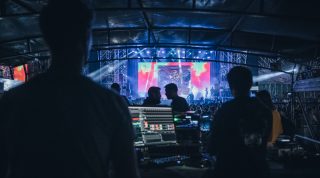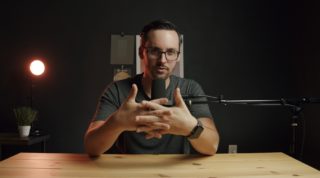In the world of digital consoles, there are features that can make your life easier and your mixes better. Instead of building a mix from scratch every week, you can use a starter scene to recall frequently used settings.
What is a starter scene?
A starter scene is a scene you recall each week as a foundation to building your mix. The starter scene takes care of all the default routing and regularly used settings, so you can focus less on setup and instead focus on crafting a beautiful mix.
There’s no need to start with something brand new every week. There are some channels that will rarely change like drums, bass piano, keys, guitars, etc. These instruments and mics will typically be the same week in and week out, only needing some small tweaks.
From a leadership perspective, using a starter scene helps you serve your audio team and frees them up to do their best work – crafting beautiful mixes that enable others to worship.
Before we move on, a word of caution.
Don’t think of a starter scene as a pre-set mix you recall every week. Think of it only as a foundation on which you build your mix. Never assume what you did last week will be the same thing you need to do this week.
Now, let’s look at how to build a starter scene.
How to create your own starter scene
Set up regular channels
Start by creating a new scene on your console. Now, find all the channels you use each week which don’t normally change. At our church it’s drum channels, bass, piano, acoustic, preaching mics, and any music playback sources. Take these channels and set them up like you normally would. Set the gains, a rough EQ, compression, add levels to any sends and necessary groups. Finally, name each channel (kick in, kick out, snare, bass, acoustic, etc).
Set up adjusted channels
Next, locate the channels you use each week, but often change. A good example here would be vocal mics. You use the same wireless mics, but different people sing from week to week. You don’t want to save specific settings like EQ or compression since those needs will change, but you can set some of the basics as a starting point.
Good things to set for vocal channels would be gain, HPF around 100hz, some basic EQ (like trouble spots in your room), dynamics, and mixbus levels. Make these adjustments and save each channel with a generic name like Vocal 1, Vocal 2, or Blue, Red, Green, depending on your needs.
Set up extras
Now, setup some spare channels. Leave room for additional instruments and extras. As audio professionals we need to be flexible with last minute changes. On any starter scene I create, I leave some room between my regular instruments and vocals. This way I can quickly patch something to the console and they’re not showing up 2 pages down, away from everything else.
At our church, we have a variety of string/woodwind instruments which all use DPA d:vote 4099s with different clips. We keep a few preset DPA channels set up with phantom power, gain, HPF, a wide cut around 400hz (one of our trouble spots) and some light compression.
Next, check any and all extra items. This could be anything from setting and labeling output channels (matrix to overflow rooms, live streaming mixes, etc), to effects routing, and even mute groups and user buttons.
Finalize the scene
Finally, look through everything on your console to make sure there’s nothing you missed. Now, save the scene with it’s own name like Starter-v1. Pro tip: use version names. Any time you make an adjustment to the starter scene, update the name. Also, save a copy on a flash drive. It’s only a matter of time before someone accidentally writes over the starter scene.
Now you’ve got your scene ready, it’s time to tell your team.
Communicate with your team
Make sure your team knows how to use your new starter scene. Every time you start, load the starter scene, and before you make any changes, save it as a new scene with the service date. I personally prefer month-day format like 1-12.session, but do what makes the most sense for your team.
Before you unleash them to build great mixes, remind them the starter scene is not a pre-set mix, but only a starting place to build the mix.
Now, go build great mixes for your church!












![These past few months have been a whirlwind - certainly a ton of fun and a whole lot of change. There are a few brands/companies who have not only made my work possible, but have made it better than I could have imagined.
This week I’m giving a big round of applause to you @vimeo @lifechurchopen @planningcenter @blackmagicnewsofficial @lensrentals. Thank you all SO much. 👏🏼
Watch the full video: [Link in bio]
#theproductionpastor #production #churchproduction #churchtech #worshipproduction #liveproduction #churchtechleaders #ctln #churchtechs #churchavl #crtvchurch #FILOcommunity #churchaudio #churchlx #worshiplights #sundayservices #sundaymorning #sundayworship](https://scontent-ort2-2.cdninstagram.com/v/t51.2885-15/115907877_623433885220354_4782401585938248285_n.jpg?_nc_cat=108&ccb=1-5&_nc_sid=8ae9d6&_nc_ohc=v0Fu88T3YLwAX9giyGy&_nc_ht=scontent-ort2-2.cdninstagram.com&edm=ANo9K5cEAAAA&oh=cc82d64178b0d96109dfb52779574c25&oe=616A5E62)

